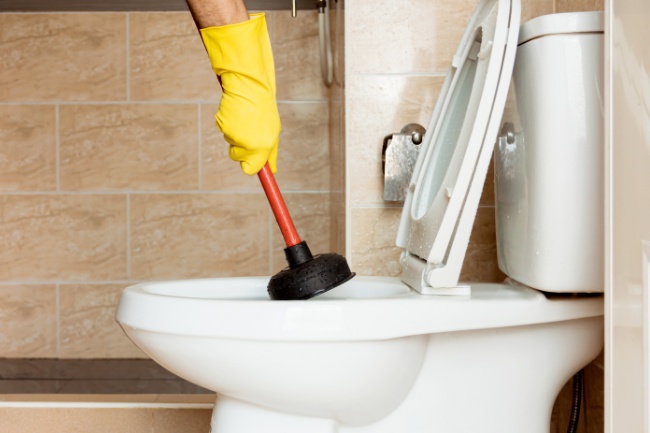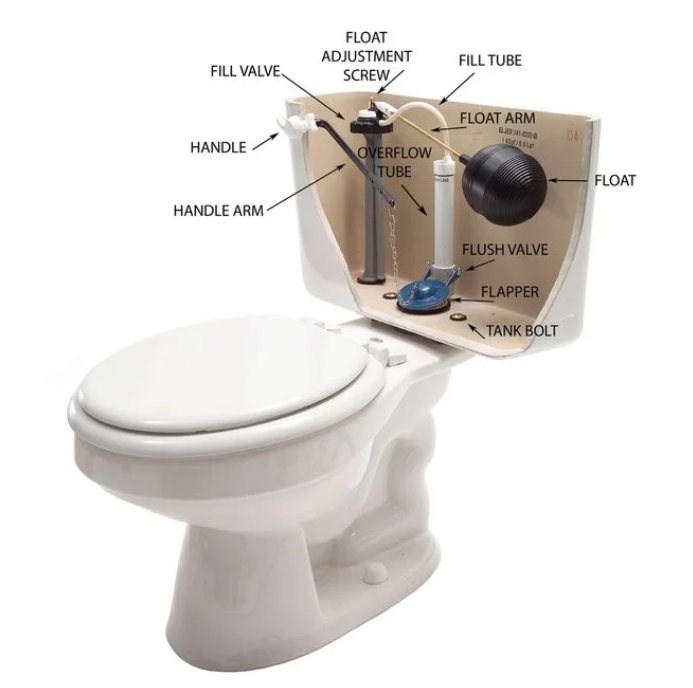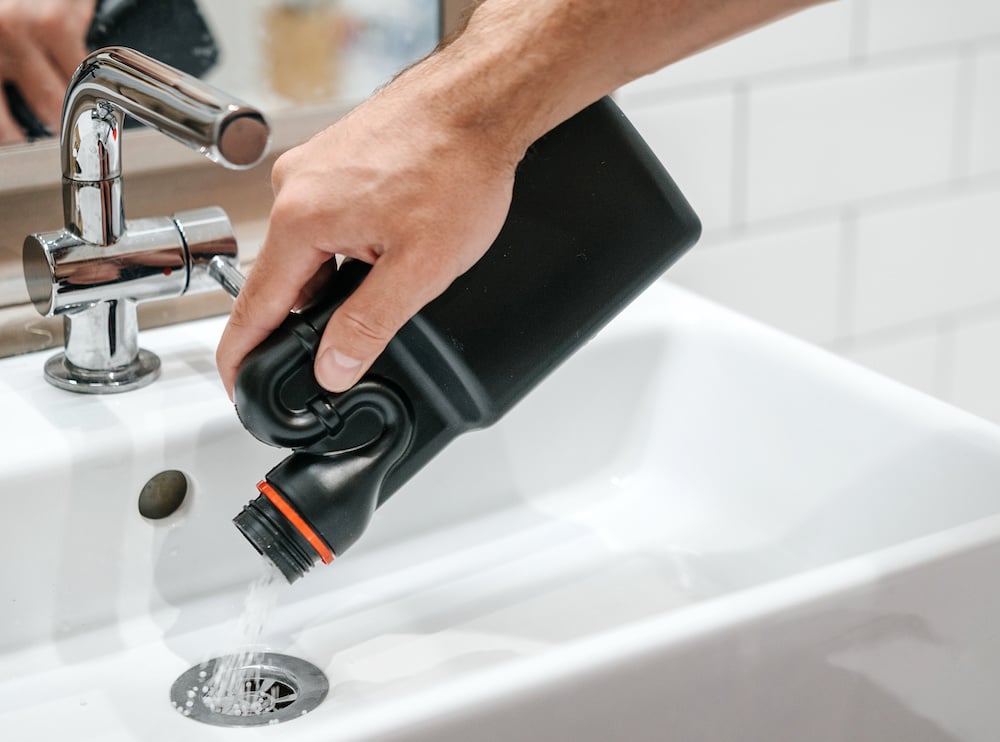How to Deal with Clogged Washing Machine Drains
Posted by William Heinselman on
 For homeowners across the United States, dealing with a washing machine drain clog is one of those tasks that can either be a simple, no-sweat DIY fix, or lead to mountains of piled frustration if attempted alone. Just like everyday drain clogs in kitchen and bathroom fixtures, much of your potential success comes down to how well you understand your washing machine drains, and the tools and techniques you use to clear clogged debris.
For homeowners across the United States, dealing with a washing machine drain clog is one of those tasks that can either be a simple, no-sweat DIY fix, or lead to mountains of piled frustration if attempted alone. Just like everyday drain clogs in kitchen and bathroom fixtures, much of your potential success comes down to how well you understand your washing machine drains, and the tools and techniques you use to clear clogged debris.
Without the right equipment, you can wind up making matters even worse by irreversibly damaging affected drains and pipes, leading to thorough (and ultimately avoidable) professional service needs. For the best washing machine maintenance and drain cleaning, consider the following tips as essential to your cleaning efforts.
Loading Up With the Right Tools
For any major clogged washing machine cleaning or drain tasks, it’s absolutely crucial to equip and familiarize yourself with the essential tools for the job. In these cases, you should make you have the following on-hand:
- Standard screwdrivers and wrenches, for protective plate removal
- A large water bucket; when you disconnect washing machine pipes, you can expect residual water
- Pipe cutters (if necessary)
- Basin wrenches
- Hex-shaped wrenches
- An industrial drain auger, or drain snake
Worth more than just having these tools is knowing how to use them. The most common DIY washing machine repair mistakes occur when homeowners try their hand at disassembling units, and probing through drain hoses, recklessly. You can’t just crack open your drains and expect cleaning to be a breeze.
Before you do anything to your washing machine drains, make sure you understand how to use the tools you’re equipped with and various other factors, such as the cause of drain clogging in the first place.
Determine the Initial Cause
For any kind of DIY drain cleaning application, you’ve got to keep in mind the cause of clogging to find the best resolution. When it comes to washing machine drain clogs, specifically, the reasons for a clog can usually be attributed to a few key components; these include soap/detergent residue buildup, grease and oils on clothing and leftover material fragments.
During washing cycles, these small, seemingly insignificant materials can build up within drain pipes and hoses, resulting in stubborn clogs if left unattended. Washing machine clogs can usually be identified by persistent pooling within a washing machine unit, as water paths will be obstructed.
How to Clean Out Clogged Material Debris
If you’re convinced of a washing machine drain clog, and have the right tools on-hand to deal with it effectively, there’s a good chance you can deal with the clogged drains on your own.
The first step of DIY washing machine drain cleaning requires finding and disconnecting the washing machine’s drain hose from the back of the unit, which can usually done with a conventional screwdriver. This hose is where all of the water from your washing machine unit goes through, so you can almost always expect some water spillage here (keep that bucket handy).
This drain hose is typically connected to unit drain pipes via wire or plastic tie, which can be removed through simple cutting. With full access to your drain pipe, you can begin snaking through the pipe with your drain auger, until you meet resistance; this is the very source material of your clog.
Once you have found the clogged debris in your washing machine pipe with the auger, simply tighten the wing nut on the auger and rotate; this effectively latches onto the debris, allowing you to pull it out of your drain pipes directly. Slowly and steadily, pull the auger back out toward the entrance, bringing the clogged materials with it.
Now, with the stubborn clogging debris removed, you can reattach the drain pipe and hose, and connect it to your washing machine unit. To fully cleanse your washing machine unit of any residual debris, run an empty wash cycle.
Note: if you do not have a professional drain auger, you can try breaking apart clogged materials by directly flushing hot water and baking soda/vinegar mixtures into the drain pipe. These mixtures react naturally to fragment clogged debris, and can deliver the same quality results as a professional snaking mechanism.
Know When to Quit (and Call the Pros!)
Of course, if you find yourself in over your head with DIY cleaning, or fear you’re only making matters worse for your washing machine unit, you should probably contact a local drain cleaning specialist right away.
Topics: Commercial Plumbing, Home Plumbing, Drain Cleaning and Repair







